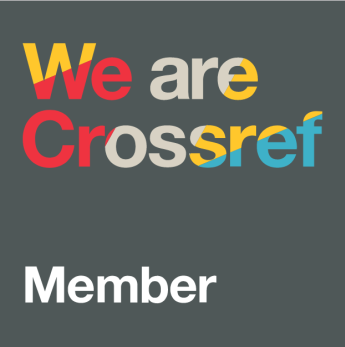Code switching and code mixing in English learning process
DOI:
https://doi.org/10.21831/lt.v5i1.14438Keywords:
language contact, code-swithing, code-mixing, English learningAbstract
References
Appel, R., & Muysken, P. (2006). Language contact and bilingualism. Amsterdam University Press.
Chaer, A. (1994). Linguistik umum. Jakarta: Rineka Cipta.
Bell, T. R. (1983). Sociolingistics: Goals, approaches and problems. London: B.T. Batsford Ltd.
Bullock, B. E., & Toribio, A. J. E. (2009). The Cambridge handbook of linguistic code-switching. New York, NY: Cambridge University Press.
Chaer, A., & Agustina, L. (2010). Sosiolinguistik: Perkenalan awal. Jakarta: Rineka Cipta.
Fajaruddin, S. (2011). Analisis prinsip kerja sama Grice dalam naskah drama Dr. med. hiob. Prätorius karya Kurt Goetz.Halliday, M. A. K., Ramlan, M., Hasan, R., & Tou, A. B. (1992). Bahasa, konteks, dan teks: aspek-aspek bahasa dalam pandangan semiotik sosial. Yogyakarta: Gadjah Mada University Press.
Holmes, J., & Wilson, N. (2017). An introduction to sociolinguistics. Routledge.
Hudson, R. A. (1996). Sociolinguistics. Cambridge University Press.
Koentjaraningrat, K. (2005). Metode-metode penelitian masyarakat. Jakarta: PT. Gramedia Pustaka Utama.
Moleong, L. J. (2007). Metodologi penelitian kualitatif. Bandung: PT Remaja Rosdakarya.
Muysken, P., Díaz, C. P., & Muysken, P. C. (2000). Bilingual speech: A typology of code-mixing. Cambridge University Press.
Poplack, S. (1980). Sometimes i'll start a sentence in Spanish y termino en Espanol: Toward a typology of code-switching1. Linguistics, 18(7-8), 581-618.
Romaine, S. (1995). Bilingualism (2nd edn). Malden, MA: Blackwell Publishers.
Sudaryanto. (1992). Metode linguistik: ke arah memahami metode linguistik. Yogyakarta: Gadjah Mada University Press.
Sugiyono. (2008). Metode penelitian pendidikan: Pendekatan kuantitatif, kualitatif dan R & D. Bandung: Alfabeta.
Soewito, S. (1985). Berbahasa dalam situasi disglotik. Disertasi, Jakarta: Fak. Sastra Universitas Indonesia.
Yin, R. K. (2009). Case study research: Design and methods (applied social research methods). London and Singapore: Sage.
Downloads
Published
How to Cite
Issue
Section
Citation Check
License
LingTera allows readers to read, download, copy, distribute, print, search, or link to its articles' full texts and allows readers to use them for any other lawful purpose. The journal allows the author(s) to hold the copyright without restrictions. Finally, the journal allows the author(s) to retain publishing rights without restrictions.
- Authors are allowed to archive their submitted articles in an open-access repository.
- Authors are allowed to archive the final published article in an open-access repository with an acknowledgment of its initial publication in this journal.

Psychology, Evaluation, and Technology in Educational Research is licensed under a Creative Commons Attribution-ShareAlike 4.0 International License.
Based on a work at https://petier.org/index.php/PETIER.










